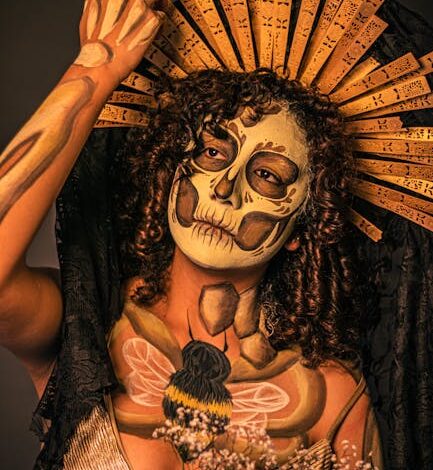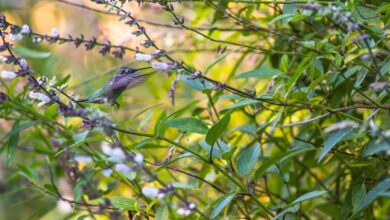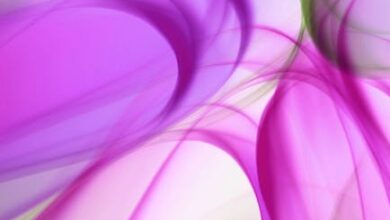The Creative Co-Pilot: Photoshop’s Game-Changing AI Assistant

Every year, as the leaves begin to turn and the crisp autumn air sets in, there’s a different kind of buzz that electrifies the creative world: Adobe MAX. It’s not just a conference; it’s a peek into the future, a moment where the curtain is pulled back on the tools that will redefine how we create, design, and innovate. And if the whispers and early teases are anything to go by, Adobe MAX 2025 isn’t just going to be big — it’s going to be revolutionary, especially with the deep integration of artificial intelligence across the Creative Suite.
For years, we’ve watched AI evolve from a futuristic concept into an indispensable partner in our workflows. But what Adobe showcased for 2025 feels different. It’s less about standalone AI features and more about a holistic, intelligent ecosystem designed to amplify human creativity, not replace it. Let’s dive into the announcements that truly stood out and what they mean for the everyday creative.
The Creative Co-Pilot: Photoshop’s Game-Changing AI Assistant
If there’s one announcement that sent ripples through the design community, it was the unveiling of a brand-new AI assistant within Photoshop. We’ve all become accustomed to the magic of Generative Fill, watching text prompts manifest into stunning visuals or seamlessly extend canvases. But this new assistant takes things to an entirely new level.
Imagine not just generating content, but having an intelligent partner that understands your project’s context. This isn’t just a fancy search bar; it’s a true co-pilot. Need to optimize an image for social media with specific dimensions and color profiles? It can suggest adjustments. Struggling to isolate a complex object or refine a challenging mask? The assistant can analyze the image, understand your intent, and offer precise, intelligent solutions, even executing them with your approval. It learns your style, your preferences, and anticipates your next move, streamlining repetitive tasks that often break your creative flow.
Beyond the Canvas: What an AI Assistant Truly Means
For me, the real power here lies in the shift from executing commands to collaborative problem-solving. Think about the countless hours spent on tedious, technical tasks that pull you away from the joy of pure creation. Cropping, resizing, color correction, basic retouching – these are the necessary evils. With this AI assistant, it feels like Adobe is finally freeing up our mental bandwidth, allowing us to focus on the big ideas, the emotional impact, and the artistic vision that only a human can truly conceive.
It’s about empowering designers, photographers, and artists of all skill levels. Newcomers will find a much gentler learning curve, while seasoned pros can offload the grunt work and dedicate their expertise to refining the nuances that truly make a design shine. It’s a tool that adapts, learns, and grows with you, making Photoshop feel less like a complex software and more like an intuitive extension of your own creative mind.
ChatGPT Integration: Bridging the Gap Between Text and Visuals
Another monumental announcement that had everyone talking was the deep integration of ChatGPT across the Creative Suite. This is a brilliant move, acknowledging that creativity isn’t just visual; it starts with ideas, concepts, and words. For too long, there’s been a subtle disconnect between the ideation phase and the execution phase, often requiring hopping between different applications or breaking flow to craft prompts or generate textual content.
With ChatGPT seamlessly integrated, that barrier evaporates. Imagine starting a new project in Illustrator. You could describe your client’s brand, target audience, and desired aesthetic directly within the app, and ChatGPT could instantly suggest logo concepts, color palettes, and even generate marketing copy or taglines that align with your vision. For video editors in Premiere Pro, this means generating script ideas, refining voiceover text, or even brainstorming narrative arcs without ever leaving your timeline.
From Prompt to Masterpiece: A New Creative Workflow
This integration fundamentally changes the creative workflow. The ‘blank page syndrome’ often begins with a blank mind. Now, you have an intelligent conversational partner to bounce ideas off of, to explore different angles, and to articulate your vision into concrete starting points for your visual tools. It’s like having a creative director, copywriter, and brainstorming partner all rolled into one, accessible right where you need them most.
I can already envision the possibilities for content creators. Need captivating headlines for a web design in XD? ChatGPT provides options. Writing a social media campaign alongside your graphics in Photoshop? Generate compelling copy in seconds. This isn’t about replacing the human writer or strategist, but rather augmenting their capabilities, allowing for rapid iteration and exploration of ideas that would otherwise take hours or even days. It makes the entire creative process more fluid, intuitive, and incredibly powerful.
Creative Suite Wide Intelligence: AI Enhancements Beyond Photoshop
While Photoshop and ChatGPT integrations naturally grabbed the headlines, Adobe MAX 2025 also made it clear that artificial intelligence is becoming the backbone of the entire Creative Suite. These aren’t just isolated features; they’re part of a broader strategy to infuse intelligence into every step of the creative journey.
In **Illustrator**, we saw demos of AI-powered vector generation that can take a simple sketch or even a rough image and intelligently convert it into scalable vector art, understanding shapes and intent far better than previous tools. Style transfer capabilities are also getting a massive upgrade, allowing designers to apply complex artistic styles to their vector creations with unprecedented ease and fidelity.
**Premiere Pro** and **After Effects** users can look forward to even more sophisticated AI-driven editing and motion graphics assistance. Think about intelligent scene detection that automatically cuts and organizes footage, enhanced audio cleanup that can isolate and improve specific voices in noisy environments, or even AI-guided rotoscoping that makes complex masking a breeze. For motion designers, AI is speeding up the creation of intricate animations and special effects, making high-end production more accessible.
Even **InDesign** is benefiting, with AI-driven layout suggestions that adapt to content changes, smart text wrapping that handles images gracefully, and automated content tagging for better accessibility and searchability. The goal across the board is clear: remove friction, automate the mundane, and unlock new creative possibilities.
Navigating the New Creative Landscape: Thoughts for the Future
The announcements from Adobe MAX 2025 paint a vivid picture of a future where creative tools are not just smart, but deeply intuitive and collaborative. This isn’t just about faster workflows; it’s about fundamentally changing how we approach creativity. It allows us to move beyond the mechanics and focus more on the art, the message, and the emotional connection we aim to build.
Of course, with such powerful AI, questions about the role of the human creative naturally arise. My take? These tools don’t diminish our value; they elevate it. The unique human elements – empathy, storytelling, abstract thought, and genuine artistic vision – become even more precious. AI can generate a thousand variations, but a human will still choose the one that truly resonates, that conveys the right emotion, or that perfectly encapsulates a brand’s essence. Our role shifts from being solely executors to becoming more like conductors, guiding these intelligent systems to realize our unique creative symphony.
Adobe MAX 2025 has given us a thrilling glimpse into a future where our creative ideas can come to life faster, more powerfully, and with fewer technical hurdles. It’s an exciting time to be a creative, and I, for one, can’t wait to see what masterpieces we’ll all create with these incredible new tools in hand.





